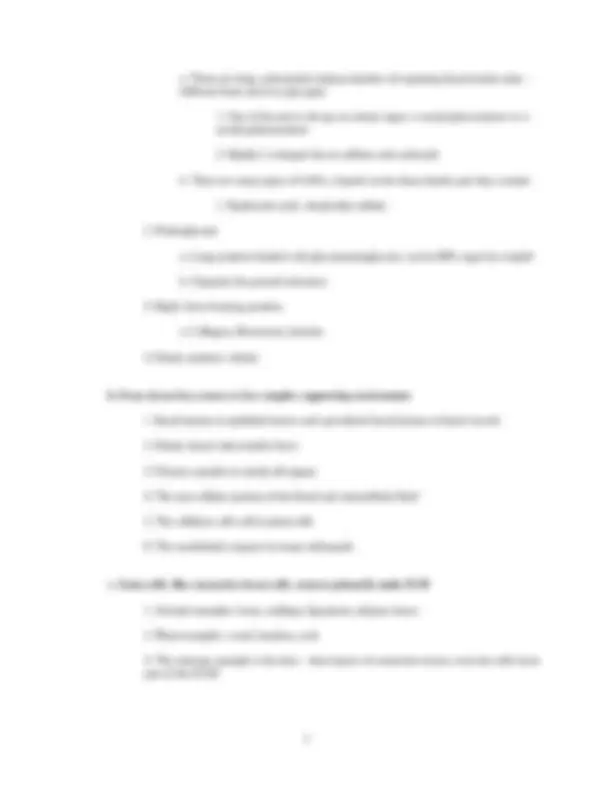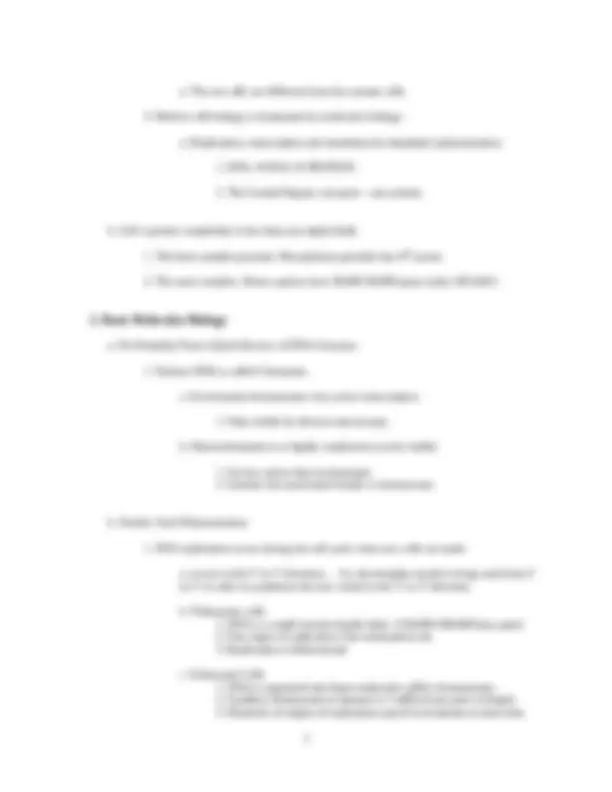








Study with the several resources on Docsity

Earn points by helping other students or get them with a premium plan


Prepare for your exams
Study with the several resources on Docsity

Earn points to download
Earn points by helping other students or get them with a premium plan
Community
Ask the community for help and clear up your study doubts
Discover the best universities in your country according to Docsity users
Free resources
Download our free guides on studying techniques, anxiety management strategies, and thesis advice from Docsity tutors
Material Type: Notes; Professor: Landerholm; Class: Cell Physiology; Subject: Biological Sciences; University: California State University - Sacramento; Term: Spring 2010;
Typology: Study notes
1 / 10

This page cannot be seen from the preview
Don't miss anything!







The Department of Biological Sciences considers this course to be the “capstone” course of the B.S. and B.A. degree requirements. As such, we will attempt to bring much of what you have learned in your other courses into the context of the fundamental unit of organization of life on Earth – the cell****. In this course you will need the prerequisite courses, BIO 1 and BIO 2 and CHEM
161. My primary objective is that you learn to use your knowledge of Biology and not to just reiterate your short term memorizations of my lectures. In addition, because most of you are preparing to finish your degrees and become Biologists, our goals in this class are to learn not only about the physiology of cells but also about the science of Cell Physiology (or Cell Biology).
We hear about them everywhere! Microbiology, Botany, Zoology, Genetics, Molecular Biology – you name it, everybody mentions them. So what’s the story? Are they all pretty much the same? Or are there trillions of different kinds with little similarity? How can anyone talk realistically about yeast and humans as though we had anything in common?!
1. Cell Theory: Cells define the reproducible unit of nearly all living organisms. a. Life is often defined as any organism that constructs and maintains complex structures from simpler, externally available resources and has the capacity to reproduce itself. b. While seemingly obvious and commonplace, this is a relatively recent theory: cell theory in late 1600’s by Anton van Leeuwenhoek and Robert Hooke. Bacterial pathogenesis by Louis Pasteur and Robert Koch late 1800’s. c. What are viruses and prion proteins? 2. What kinds of cells are out there? a. All cells have some obvious similarities: small size limiting membrane cell division information stored as genes single-celled vs. multi-celled organisms b. In multicellular organisms we also see: cell-cell interactions controlled environments organ-systems
systemic interactions c. Since all organisms are composed of cells, we can start with taxonomic differences
a. They secrete the extracellular matrix (ECM) composed of four types of molecules
a. Gap junctions – transmit molecules directly from cell to cell
a. The vascular system reaches tissues and cells through their ECM b. The nervous system reaches tissues and cells through their ECM c. Cells involved with systemic immunity d. Matrix-bound growth and survival factors
a. All known cells store their hereditary information in double-stranded DNA.
a. The sex cells are different from the somatic cells.
a. We Probably Need a Quick Review of DNA Structure.
c. Cryptic Splicing Sites: these can be found within exons and can cause partial removal of exons. So, only a portion of an exon would be removed. d. Cis-splicing: splicing that occurs within mRNA from a single gene. e.Trans-splicing: splicing that occurs within mRNA from two different genes and then the products are ligated together.
f. Intron-Exon borders recognized by small nuclear RNA (snRNA)
a. Types of mutation.
a. Example 1: More complex organisms don’t necessarily have more transcription factors, just more members of a family like the MADS-box family.